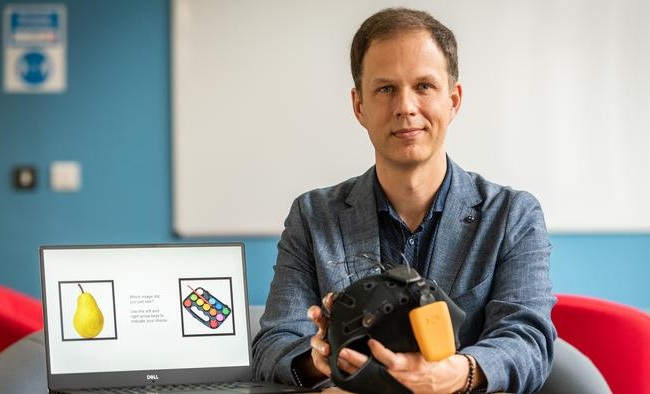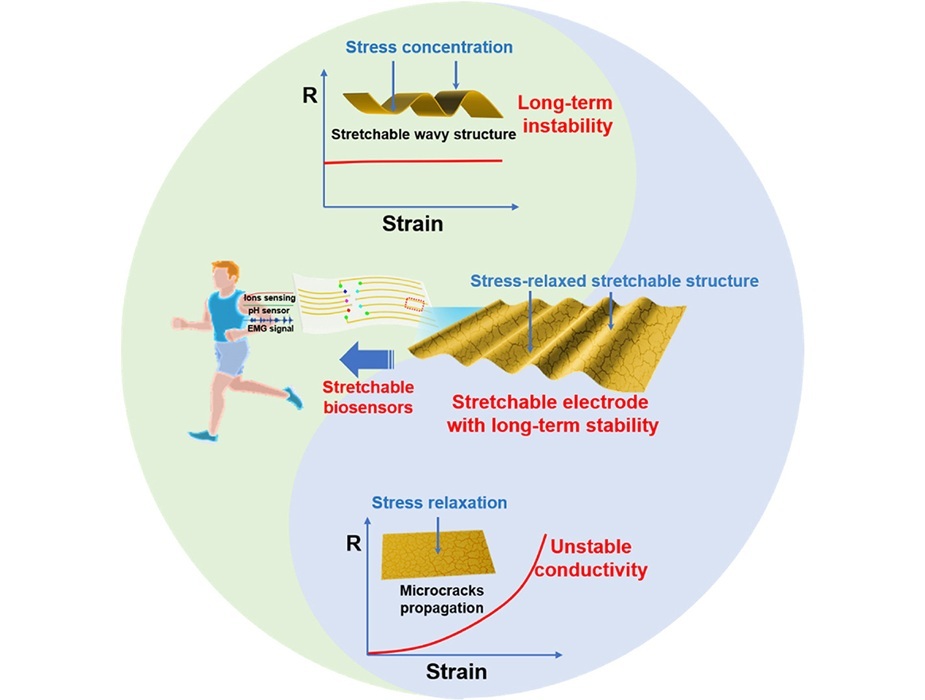AI Improves Efficiency and Accuracy of Breast Cancer Imaging
|
By HospiMedica International staff writers Posted on 12 Aug 2019 |
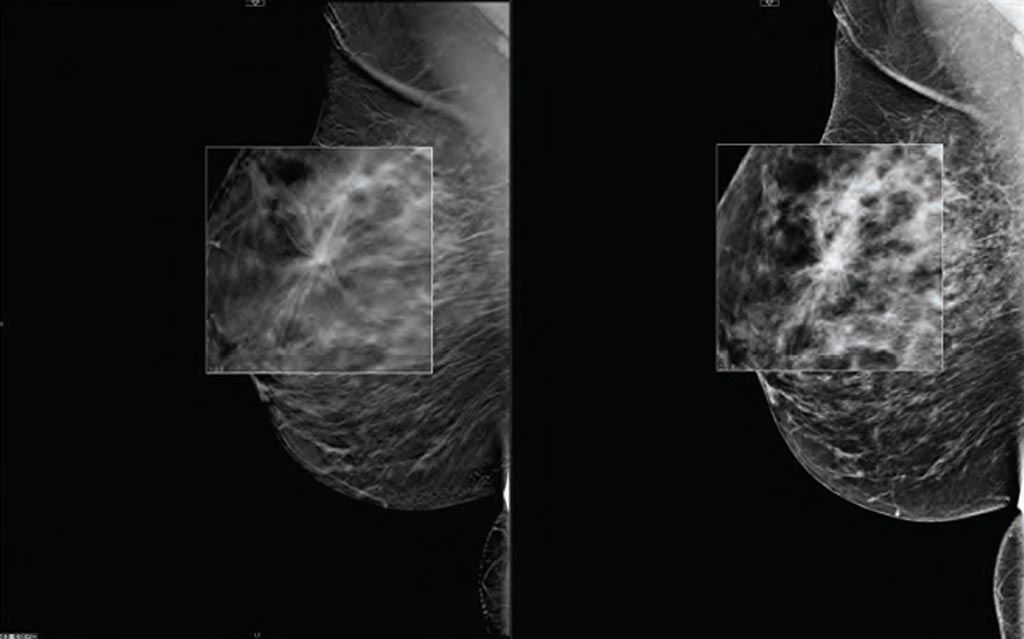
Image: Digital breast tomosynthesis compared to mammography (Photo courtesy of Carestream Health).
Artificial intelligence (AI) can help shorten digital breast tomosynthesis (DBT) reading time while maintaining or improving accuracy, claims a new study.
Researchers at the University of Pennsylvania (UPENN: Philadelphia, PA, USA), iCAD (Nashua, NH, USA), and other institutions have developed a deep learning AI system that is capable of identifying suspicious soft-tissue and calcified lesions in DBT images. The system was trained on a large DBT data set, following which its performance was tested by having 24 radiologists, including 13 breast subspecialists, each read 260 DBT examinations with and without AI assistance. The examinations included 65 cancer cases.
The results revealed that radiologist performance for the detection of malignant lesions increased from 0.795 without AI to 0.852 with AI, while reading time decreased by 52.7%, from 64.1 seconds without to 30.4 seconds with AI. Sensitivity increased from 77% without AI to 85% with AI, specificity increased from 62.7% without to 69.6% with AI, and recall rate for non-cancers decreased from 38% without to 30.9% with AI. The study was published on July 31, 2019, in Radiology: Artificial Intelligence.
“Overall, readers were able to increase their sensitivity by eight percent, lower their recall rate by seven percent, and cut their reading time in half when using AI concurrently while reading DBT cases,” said lead author Professor Emily Conant, MD, chief of breast imaging at UPENN. “The concurrent use of AI with DBT increases cancer detection, and may bring reading times back to about the time it takes to read digital mammography alone.”
DBT acquires multiple images over a limited angular range to produce a set of reconstructed images, which can then be viewed individually or sequentially in a cine loop, and in a 3D image of the breast, which can viewed in narrow slices, similar to CT scans. While in conventional 2D mammography overlapping tissues can mask suspicious areas, 3D images eliminate the overlap, making abnormalities easier to recognize. It is estimated that 3D DBT will replace conventional mammography within ten years.
Researchers at the University of Pennsylvania (UPENN: Philadelphia, PA, USA), iCAD (Nashua, NH, USA), and other institutions have developed a deep learning AI system that is capable of identifying suspicious soft-tissue and calcified lesions in DBT images. The system was trained on a large DBT data set, following which its performance was tested by having 24 radiologists, including 13 breast subspecialists, each read 260 DBT examinations with and without AI assistance. The examinations included 65 cancer cases.
The results revealed that radiologist performance for the detection of malignant lesions increased from 0.795 without AI to 0.852 with AI, while reading time decreased by 52.7%, from 64.1 seconds without to 30.4 seconds with AI. Sensitivity increased from 77% without AI to 85% with AI, specificity increased from 62.7% without to 69.6% with AI, and recall rate for non-cancers decreased from 38% without to 30.9% with AI. The study was published on July 31, 2019, in Radiology: Artificial Intelligence.
“Overall, readers were able to increase their sensitivity by eight percent, lower their recall rate by seven percent, and cut their reading time in half when using AI concurrently while reading DBT cases,” said lead author Professor Emily Conant, MD, chief of breast imaging at UPENN. “The concurrent use of AI with DBT increases cancer detection, and may bring reading times back to about the time it takes to read digital mammography alone.”
DBT acquires multiple images over a limited angular range to produce a set of reconstructed images, which can then be viewed individually or sequentially in a cine loop, and in a 3D image of the breast, which can viewed in narrow slices, similar to CT scans. While in conventional 2D mammography overlapping tissues can mask suspicious areas, 3D images eliminate the overlap, making abnormalities easier to recognize. It is estimated that 3D DBT will replace conventional mammography within ten years.
Latest AI News
Channels
Critical Care
view channel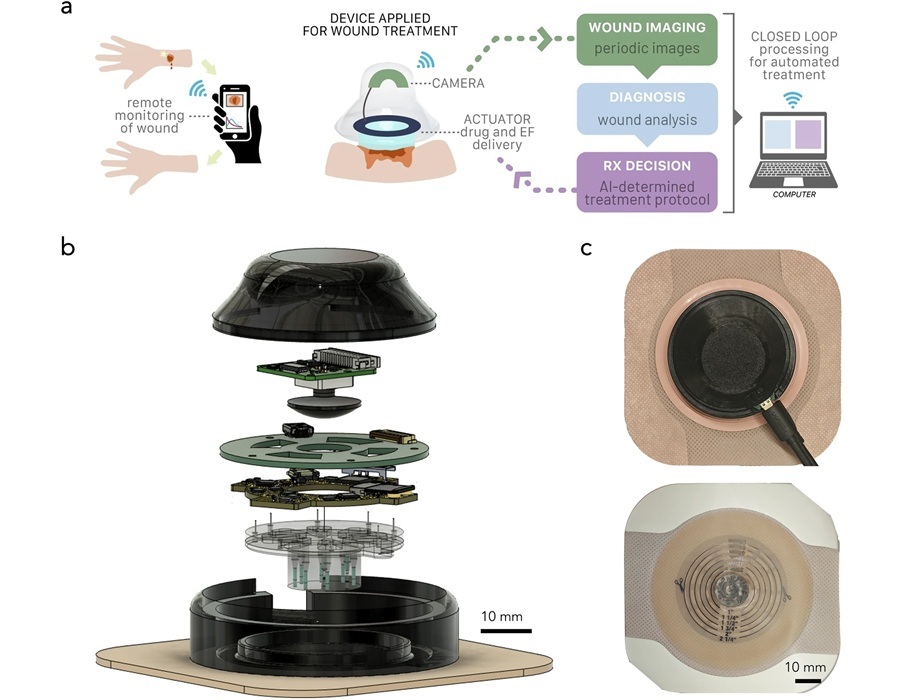
Wearable ‘Microscope in a Bandage’ Fastens Wound Healing
Wound healing is a complex biological process that moves through stages, including clotting, immune response, scabbing, and scarring. For many patients, especially those in remote areas or with limited... Read more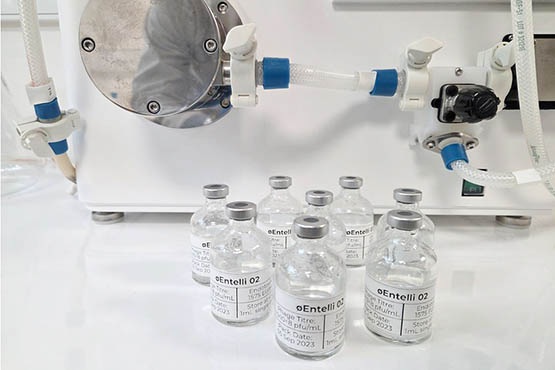
Virus Cocktail to Combat Superbugs Offers New Precision Medicine Approach for Hospitals Battling AMR
Antimicrobial resistance is one of the most pressing challenges in modern medicine, making once-treatable infections increasingly lethal. Enterobacter infections, for example, are difficult to treat and... Read moreSurgical Techniques
view channel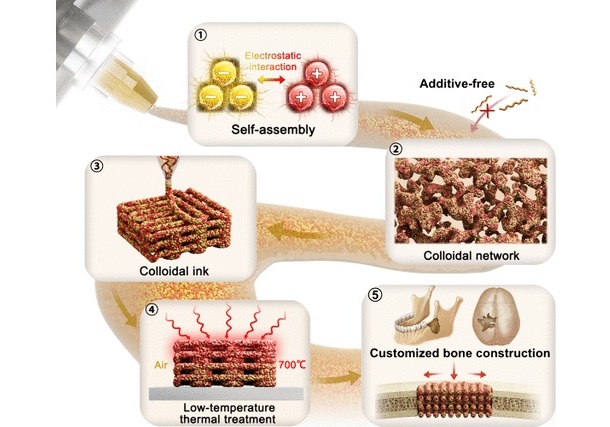
3D Printable Bio-Active Glass Could Serve as Bone Replacement Material
Glass may not seem like a natural choice for replacing bone, yet the two materials share surprising similarities in structure and strength. Bone and glass both bear weight more effectively than they withstand... Read more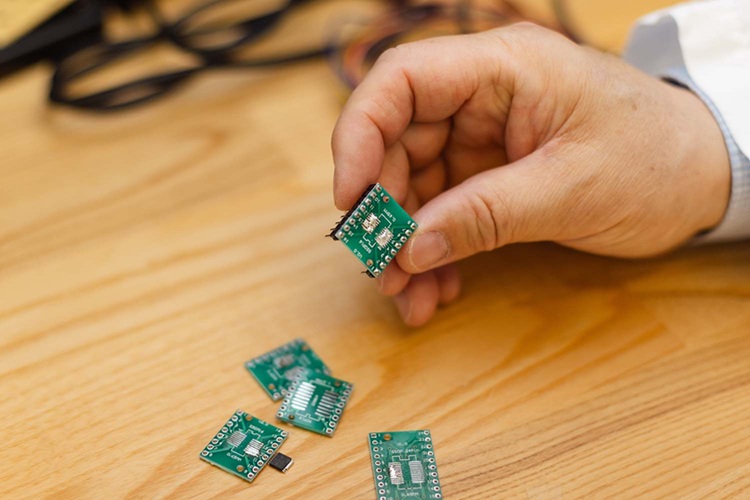
Micro Imaging Device Paired with Endoscope Spots Cancers at Earlier Stage
Digestive system cancers are among the most common cancers, with hundreds of thousands of new cases and deaths reported annually in the United States. Standard endoscopy, the main diagnostic method for... Read more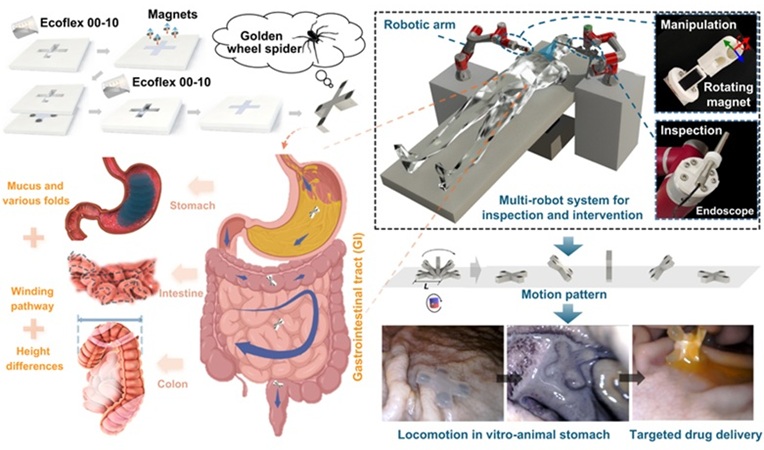
Spider-Inspired Magnetic Soft Robots to Perform Minimally Invasive GI Tract Procedures
The gastrointestinal (GI) tract is vital for digestion, nutrient absorption, and waste elimination, but it is also prone to cancers and other serious conditions. Standard endoscopy is widely used for diagnosis... Read morePatient Care
view channel
Revolutionary Automatic IV-Line Flushing Device to Enhance Infusion Care
More than 80% of in-hospital patients receive intravenous (IV) therapy. Every dose of IV medicine delivered in a small volume (<250 mL) infusion bag should be followed by subsequent flushing to ensure... Read more
VR Training Tool Combats Contamination of Portable Medical Equipment
Healthcare-associated infections (HAIs) impact one in every 31 patients, cause nearly 100,000 deaths each year, and cost USD 28.4 billion in direct medical expenses. Notably, up to 75% of these infections... Read more
Portable Biosensor Platform to Reduce Hospital-Acquired Infections
Approximately 4 million patients in the European Union acquire healthcare-associated infections (HAIs) or nosocomial infections each year, with around 37,000 deaths directly resulting from these infections,... Read moreFirst-Of-Its-Kind Portable Germicidal Light Technology Disinfects High-Touch Clinical Surfaces in Seconds
Reducing healthcare-acquired infections (HAIs) remains a pressing issue within global healthcare systems. In the United States alone, 1.7 million patients contract HAIs annually, leading to approximately... Read moreHealth IT
view channel
Printable Molecule-Selective Nanoparticles Enable Mass Production of Wearable Biosensors
The future of medicine is likely to focus on the personalization of healthcare—understanding exactly what an individual requires and delivering the appropriate combination of nutrients, metabolites, and... Read moreBusiness
view channel
Philips and Masimo Partner to Advance Patient Monitoring Measurement Technologies
Royal Philips (Amsterdam, Netherlands) and Masimo (Irvine, California, USA) have renewed their multi-year strategic collaboration, combining Philips’ expertise in patient monitoring with Masimo’s noninvasive... Read more
B. Braun Acquires Digital Microsurgery Company True Digital Surgery
The high-end microsurgery market in neurosurgery, spine, and ENT is undergoing a significant transformation. Traditional analog microscopes are giving way to digital exoscopes, which provide improved visualization,... Read more
CMEF 2025 to Promote Holistic and High-Quality Development of Medical and Health Industry
The 92nd China International Medical Equipment Fair (CMEF 2025) Autumn Exhibition is scheduled to be held from September 26 to 29 at the China Import and Export Fair Complex (Canton Fair Complex) in Guangzhou.... Read more










